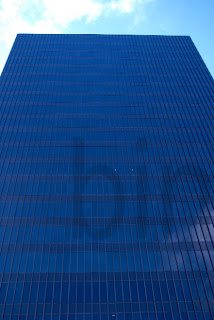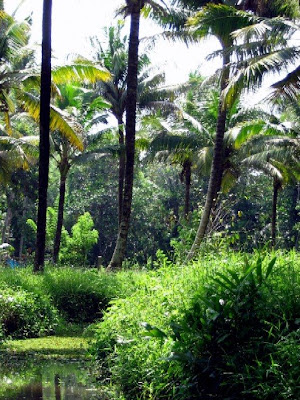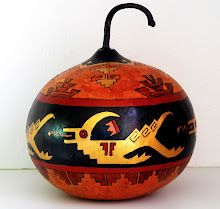Ushuaia in Tierra del Fuego is a modern city now and holds the title "Fin del Mundo" or "End of the World". There is one Chilean city even south of Ushuaia, called Punta Arenas. But Ushuaia in Argentina claimed the title first.

Arriving in Ushuaia is an experience in itself, because of the dramatic approach to the city. Flights from the mainland skim low over the southern tip of the Andes before dipping down into the cluster of islands, landing on a tiny airstrip that runs from tip to tip across a small island!
This landing is often rough due to the constant strong winds in this area, and I was quite nervous. So I left my camera in the overhead bin fully expecting to be jostled about. But the landing turned out to be perfect, and absolutely smooth. Others we met who landed the very next day said they didn't have such a smooth landing, and so we were pretty lucky.
The plane almost skimmed the water's surface on its gentle approach, and just as I thought we would be landing in water, we touched down on the tip of the island on a bright and sunny day. Since I couldn't get up to get my camera, I have no pictures, but here's one from our take-off, when we left Ushuaia.

The city is surrounded by snow-capped mountains, and has variable weather always. It can go from sunny and warm to breezy, cold and rainy in hours, and one has to be prepared.
Lupins were in bloom everywhere when we visited in January, and the city was absolutely beautiful. Lupins are not native to this region though, and were introduced by European settlers.


We stayed at a little bed & breakfast which was a 15 minute walk from the main downtown area of the city. These red lupins were on either side of our door.

Here are some more pictures of the bursts of color we saw all over the town as we walked around. I couldn't resist taking pictures of them!



We walked several miles every day getting to and from the downtown area, because we got almost all our meals from the only ALL vegetarian take-out place in Ushiaia - called El Bambu.


We found it really hard to find vegetarian food that I could trust in Argentina. The only pasta dish we would find in the restaurants in Patagonia would usually smell odd, but I would eat it quickly without delving into details about the ingredients, because I didn't have many other options. Then we took to cooking our meals at our hostel, but after a long day's hiking, cooking isn't the easiest chore!
So we really appreciated the delicious, affordably priced food at El Bambu!

Most Antarctic cruises start from Ushuaia, and the port is stunning at night. I took my tripod out there one night and took some pictures of the night lights at the port. More of that in the next post.
Here's one more lupin picture before I end this post!























































